Master planting experience of strawberries! Practical and good literature!
In order to achieve high yield of strawberry planting and increase farmers' income, the experience of high-yield management of some strawberry planting fields in China is summarized as follows for your reference.
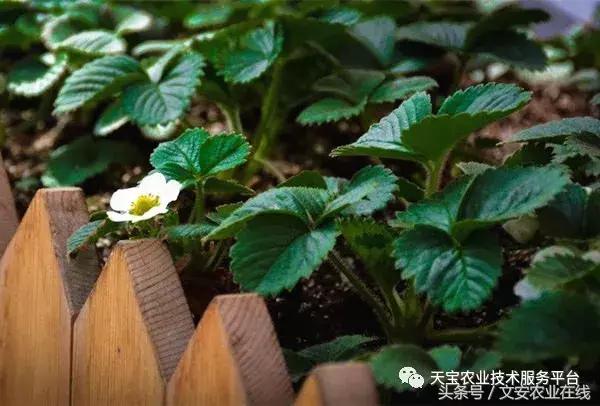
High yield management
1. Adequate base fertilizer + high ridge cultivation + micro-spray irrigation
The purpose of this cultivation model is to improve soil permeability and promote root development; micro-irrigation can save water and fertilizer, prevent retting roots, reduce air humidity and prevent disease.
Apply fully mature manure 3000-5000kg, potassium sulfate 30kg, diammonium phosphate 40kg per mu, and then dig deeply. A week later, there were trapezoidal high ridges, ridge height 25-30cm, ridge bottom width 80cm, ridge top width 50cm, 20cm between the two high ridges as operating rows, and micro-spray pipes laid in the middle of the ridges. Pour enough water before planting, sink the high ridge and level the ridge surface. Double-row close planting is used in planting, two rows per ridge, row spacing 25cm, plant spacing 10cm, generally about 12000 trees per mu.
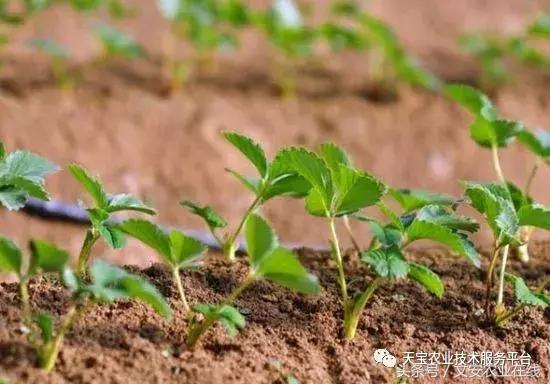
2. Planting principle
Strawberry seedlings are arched, and the planting should follow the principle of "bow back outward, not immersed in the upper, no root leakage at the bottom". Experts remind everyone that the arched back of strawberries is the part of its inflorescence, and it can make strawberries blossom and bear fruit on the outside of the ridge. On the one hand, it can make the fruit receive enough light and good color, on the other hand, it will not be watered on the fruit to reduce the occurrence of diseases. After pouring the planting water, the seedling heart is still higher than the ground. If the seedling is planted too deep, it is easy to cause the seedling core silt to rot and get bud blight after watering. The purpose of not leaking roots is to promote the growth of lateral roots and improve the survival rate of seedlings.
3. Improve the quality of pollination
First, timely flower thinning to ensure normal pollination of flowers. The lower secondary flowers are prone to male sterility and the higher secondary flowers are prone to female sterility, but the former can develop normally as long as there is good pollen, while the latter can not bear fruit or bad fruit setting. Therefore, it is necessary to remove grade 4 and 5 buds, black flowers (frozen flowers) and deformed flowers in time to avoid nutrition waste. Generally, there are 6-7 fruits in the apical inflorescence of each strawberry, and the number of fruits in each inflorescence depends on the growth of the plant, generally 3, but the total number of fruits per plant should not exceed 15.
Second, bees assist in pollination. According to statistics, the abnormal fruit rate of strawberries in the greenhouse without bee pollination is more than 30% higher than that with bees, so bee-assisted pollination is used as far as possible in the greenhouse. During the period of strawberry pollination, the daytime temperature should be kept at 22-25 ℃ to ensure normal pollination by bees.
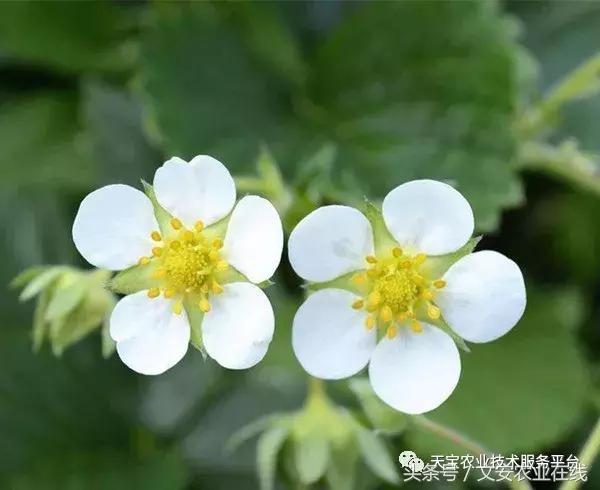
Problems that must be solved in strawberry planting in greenhouse
1. Keep in mind the temperature in each period
(1) Flower bud differentiation most strawberry varieties differentiate flower buds under 13-17 ℃ and 8-12 hours sunshine. At the temperature of 5-12 ℃, the flower buds could be differentiated regardless of the length of sunshine. When the temperature is above 30 ℃, no matter the length of sunshine, it can not differentiate flower buds. The plants below 4 ℃ were dormant and the flower bud differentiation stopped. The low temperature and sunshine needed for flower bud differentiation were different among different varieties.
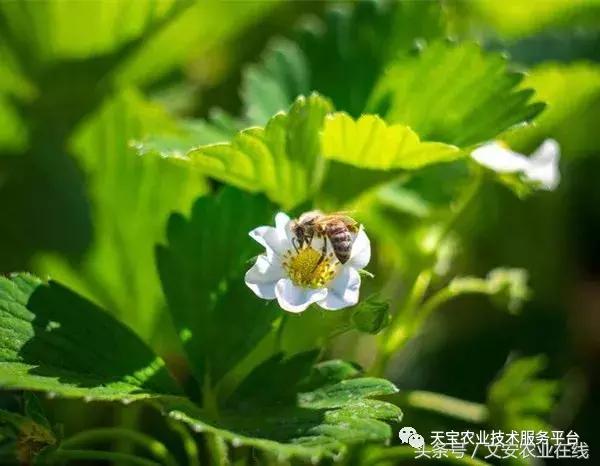
(2) flowering, pollination and ripening strawberries began to blossom when the daily average temperature was above 10 ℃. The pollen grains in the anther were initially mature before anthesis and had low germination power, and the germination power was the highest at 2 days after anthesis, and the optimum temperature for pollen germination was 22-25 ℃. The appropriate temperature for the prescription is 14-21 ℃, and the critical maximum relative humidity is 94%. The temperature is too high and too low, the humidity is too high or the rain does not prescribe medicine, or after the medicine is prescribed, the pollen is dry and broken, and cannot be pollinated. The energy of pistil is the highest from the day of flowering to the 4th day after anthesis. Pollen is transmitted by insects, wind and vibration.
The optimum daily temperature for fruit development was 18-20 ℃ and the night temperature was 12 ℃. The optimum temperature for fruit ripening was 17-30 ℃, and the accumulated temperature was about 600 ℃. It takes about 30-50 days from flowering to fruit ripening. If the temperature is low, the ripening will be slow. The stalk is thick when the temperature is right, and thin when the temperature is high. In the environment of poor sunshine intensity and low temperature, the fruit contains high levels of aromatic compounds, pectin, pigment and vitamin C.
2. Prevent the occurrence of soil-borne diseases and put an end to the harm of dead trees.
The main diseases that lead to strawberry death are root rot and anthracnose. In order to prevent the death of strawberry trees, experts suggest that fumigant should be used (for example, calcium cyanide, must be killed quickly, etc.). In peacetime prevention, pesticides can be applied in planting points, such as copper acetate, carbendazim, dimethazone, etc., and root irrigation can be carried out after retarding seedlings, such as methyl thiophanate + methyl thiophanate + Jiamei bonus. The key to dead plant disease is prevention, do not wait until after the disease before treatment.
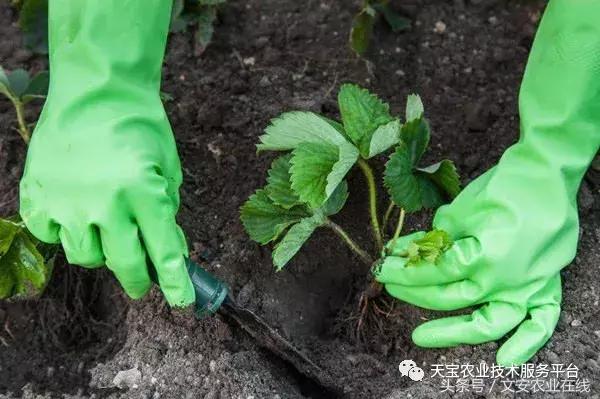
3. Water and fertilizer management can not be ignored.
(1) Light application of seedling fertilizer: about 10 days after planting, apply Jiamei Hailibao 2-3 kg, or Jiamei profit 5-8 kg / mu 1-2 times, and irrigate roots with 800 times Jiamei dividend solution to improve soil temperature and soil buffer, promote root growth and prevent deformed flowers.
(2) steady application of flower bud fertilizer: strawberry vegetative growth and reproductive growth are carried out at the same time, applying Jiamei Yinglai 10-15 kg per mu, or Hailibao 3-5 kg 1-2 times, spraying 800 times liquid Jiamei platinum or gold spot 1-2 times to improve pollination rate and protect flowers and fruits.
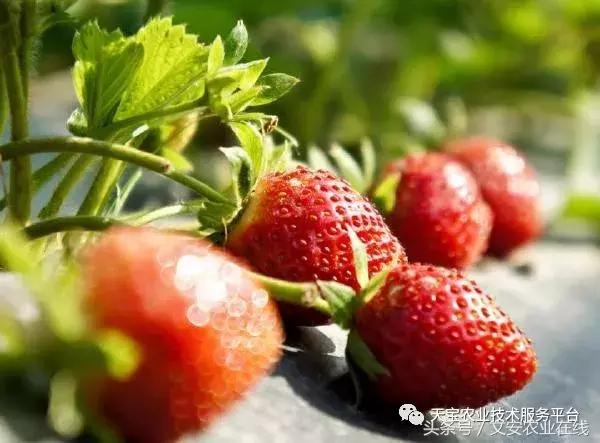
(3) re-apply expanded fruit fertilizer: when the top fruit of the first inflorescence reaches the size of the thumb, apply Jiamei nuclear power 3-5 kg, or Jiamei profit 15-18 / mu 1-2 times, and spray fulvic acid, boron and other micronutrient elements such as brain platinum and gold boron 1-2 times to reduce the occurrence of fruit drop, deformed fruit and hollow fruit and prevent the disease of element deficiency.
(4) frequent application of fruit-picking fertilizer: when strawberries in the first inflorescence are picked and other fruits on the same inflorescence gradually expand, Jiamei Nuclear Power or Hailibao is applied 3-5 kg / mu, generally every 10-15 days. Spray fulvic acid and boron and other micronutrient elements brain platinum, gold boron 1-2 times to prevent the occurrence of deformed fruit, hollow fruit, stiff fruit, etc.
(5) skillfully apply strengthening fertilizer: when the strawberries of the first inflorescence are picked, in order to restore the plant's physical strength as soon as possible, a large amount of nutrition is needed. Chong Shijiamei makes a profit of 15-18kg / mu 1-2 times, dividend 1-2 bags / mu, activate loose soil, promote root growth and development again, and replenish nutrients in a rapid and timely manner.
(6) apply axillary fruit fertilizer frequently: when the second and third inflorescences of strawberries begin to expand, and other fruits on the same inflorescence gradually expand, Chong Shi Jiamei makes a profit of 20-25 kg / mu, usually every 10-15 days. Spray fulvic acid and boron and other micronutrient elements Jiamei platinum, gold spot, gold boron 1-2 times to prevent the occurrence of malformed fruit, hollow fruit and other deficiency diseases.
4. Prevention and control of key diseases
The common diseases of strawberry are Botrytis cinerea and powdery mildew. The agents that can be selected for Botrytis cinerea are: pyrimidinoxazole, Pythium, pyrimidine, Kaiser, Trichoderma, Bathritzer (pyrimidinamide + pyrethroxil), Syngenta (pyrazolamide + azoxystrobin), Germany BASF Junda (fluazolamide + pyrazole) and other products. Powdery mildew is generally controlled alternately by Bayer Lunassen (fluoropyramide + oxime fat), Basifretze (pyrimidine + oximate), Syngenta (pyrazolamide + azoxystrobin), BASF Junda (fluazolamide + pyrazolyl carbendazim), ethosulfonate, Tao Yenong Karasheng (36% nifedipine EC), Peruvian Krem and other agents for alternate control, try not to choose triazole products. If there are side effects, it will affect the expansion of the fruit.
5. Timely ploughing and weeding
Strawberry is a perennial herb with shallow roots and likes moist and loose soil. Mid-tillage is beneficial to soil aeration and increase the activity of soil microorganisms, accelerate the decomposition of organic matter, and promote root and aboveground growth. Ploughing can also eliminate weeds and reduce diseases and insect pests. The times and time of intertillage depend on the specific conditions of different strawberry orchards. New strawberry orchards with few weeds and loose soil can be ploughed 5-6 times a year to make the garden clean, no weeds, smooth drainage and irrigation, and loose soil. The depth of mid-tillage is based on the principle of not hurting the root and weeding and loosening the soil, generally 3-4 cm.
This article is edited by the technical team of Cathay Pacific Camry.
Please be sure to reprint it in the following format
Article source: Tianbao Agricultural Technology Service platform (ID:zhxdnyjs)
- Prev
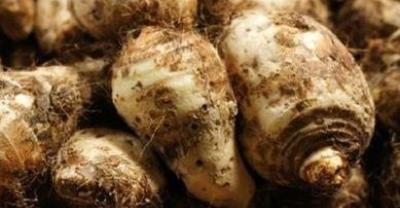
How to plant and maintain potted Chinese wolfberry?
Potted Chinese wolfberry conservation conditions Lycium barbarum is a strong positive plant, should be placed in a place with sufficient light. A ventilated environment can reduce the occurrence of diseases and insect pests. If the light is not...
- Next
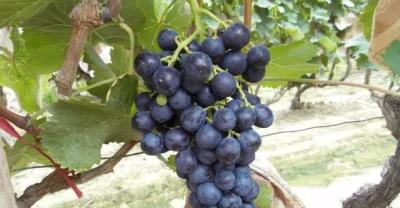
A brief introduction to the planting method of balsam pear is very simple.
The first time I ate balsam pear was when I was in college, when my classmates went to dinner together, a female monitor ordered a plate of fried balsam pear, which seemed not cheap. Everybody.
Related
- Fuxing push coffee new agricultural production and marketing class: lack of small-scale processing plants
- Jujube rice field leisure farm deep ploughing Yilan for five years to create a space for organic food and play
- Nongyu Farm-A trial of organic papaya for brave women with advanced technology
- Four points for attention in the prevention and control of diseases and insect pests of edible fungi
- How to add nutrient solution to Edible Fungi
- Is there any good way to control edible fungus mites?
- Open Inoculation Technology of Edible Fungi
- Is there any clever way to use fertilizer for edible fungus in winter?
- What agents are used to kill the pathogens of edible fungi in the mushroom shed?
- Rapid drying of Edible Fungi

